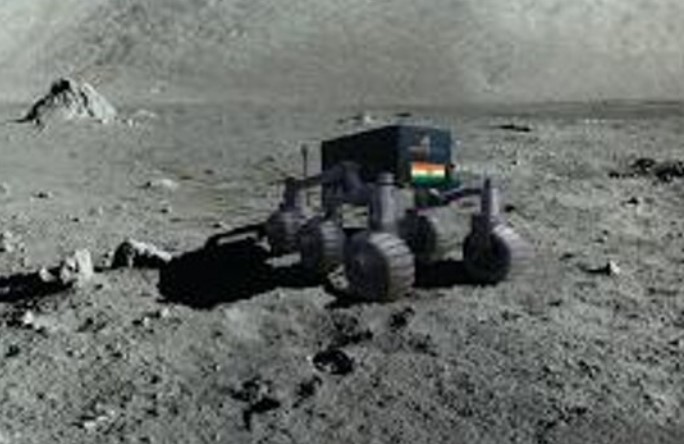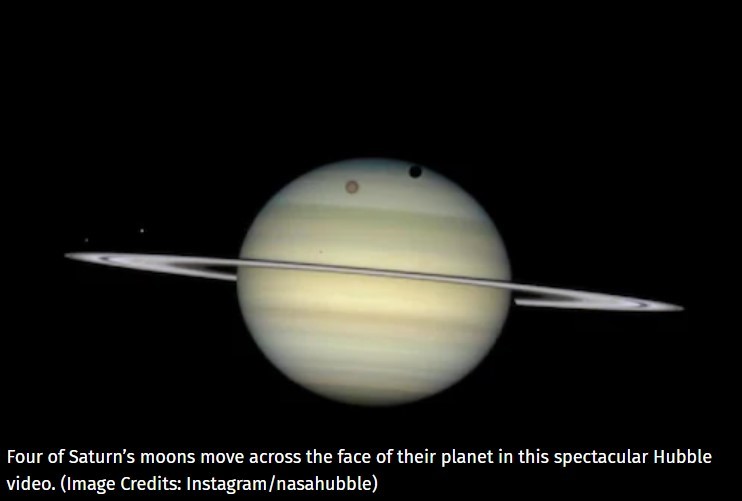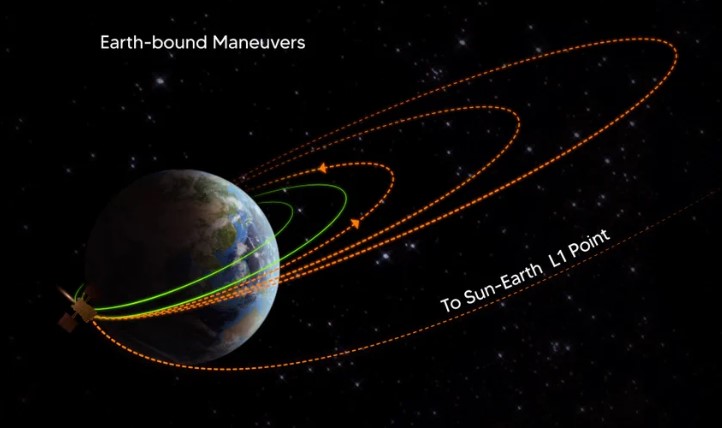India’s pioneering Chandrayaan-2 moon mission orbiter has been providing useful information to scientists back on Earth. Earlier this week, a research paper revealed that the Chandrayaan-2 orbiter confirmed the presence of water molecules (H2o) and hydroxyl (OH) on the surface of the moon.
The discovery was made by Chandrayaan-2 orbiter’s imaging infrared spectrometer. The scientists said that more data will be made available in the future, giving a complete picture.
Chandrayaan-2 discovery was made by the orbiter’s imaging infrared spectrometer (IIRS).
“Plagioclase-rich rocks have been found to have higher OH or possibly H2O molecules when compared to the mare regions, which were found to have more dominance of OH at higher surface temperature,” the group of researchers who studied the IIRS data further said.
The scientists also said that more data will be made available in the future, giving a complete picture.
The Chandrayaan-2 mission was launched by Indian Space Research Organisation (Isro) in July 2019. But Vikram lander on-board the mission crash-landed on the lunar surface just 2.1 km from its destination in September that year.






